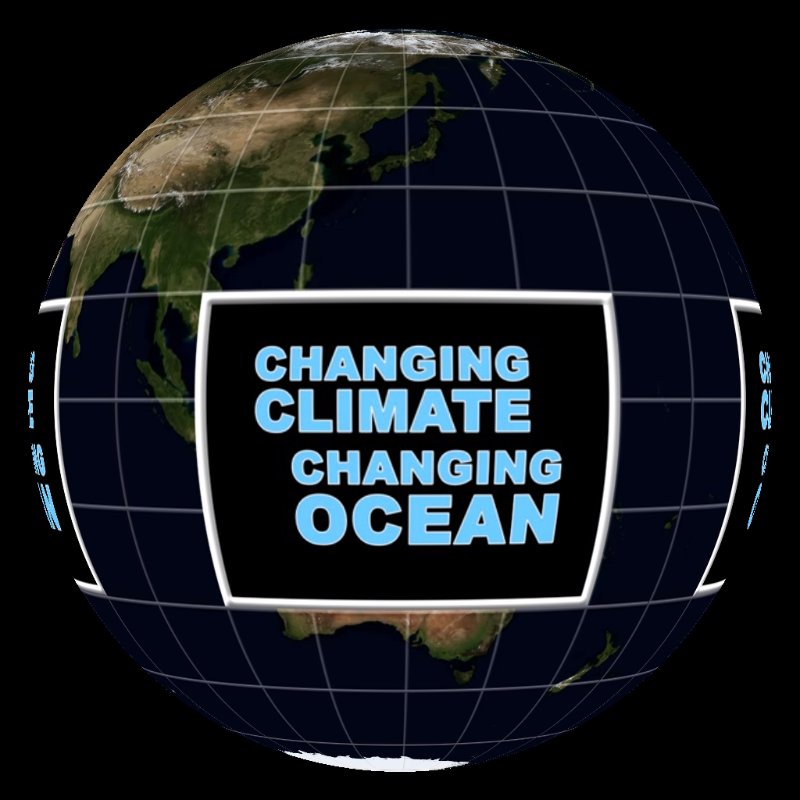Changing Climate, Changing Ocean

A short film that explores the impacts of climate change on our oceans.
Corals like this massive brain coral may be more resistant to bleaching. For millennia, zooxanthellae have been in a mutualistic relationship with corals.
The tiny algae live inside the coral and feed it sugars through photosynthesis. In exchange for the meal plan, the algae get free rent and protection from the dangers of the open ocean. As ocean temperatures increase with global climate change, the zooxanthellae can’t produce as much food, and are expelled from their cozy coral homes, leaving just the white coral “skeleton” which leads to the name bleaching. Bleaching doesn’t affect all coral species the same way though, and scientists are attempting to pin down the resilient species for propagation in gardens of tiny corals. Growing corals is a tricky business that involves close monitoring and careful gardening, but transplanting these tough species into existing reefs could be a way to mitigate the damage that has already occurred on some reefs.
Download an SOS playlist for this module.

A short film that explores the impacts of climate change on our oceans.

This model shows the vulnerability of reefs to bleaching around the world in near-real-time using sea surface temperature values.

This projects reef risk presently due to overfishing, pollution and development, then in 2030 and 2050 adding in the risk of thermal stress and ocean acidification.